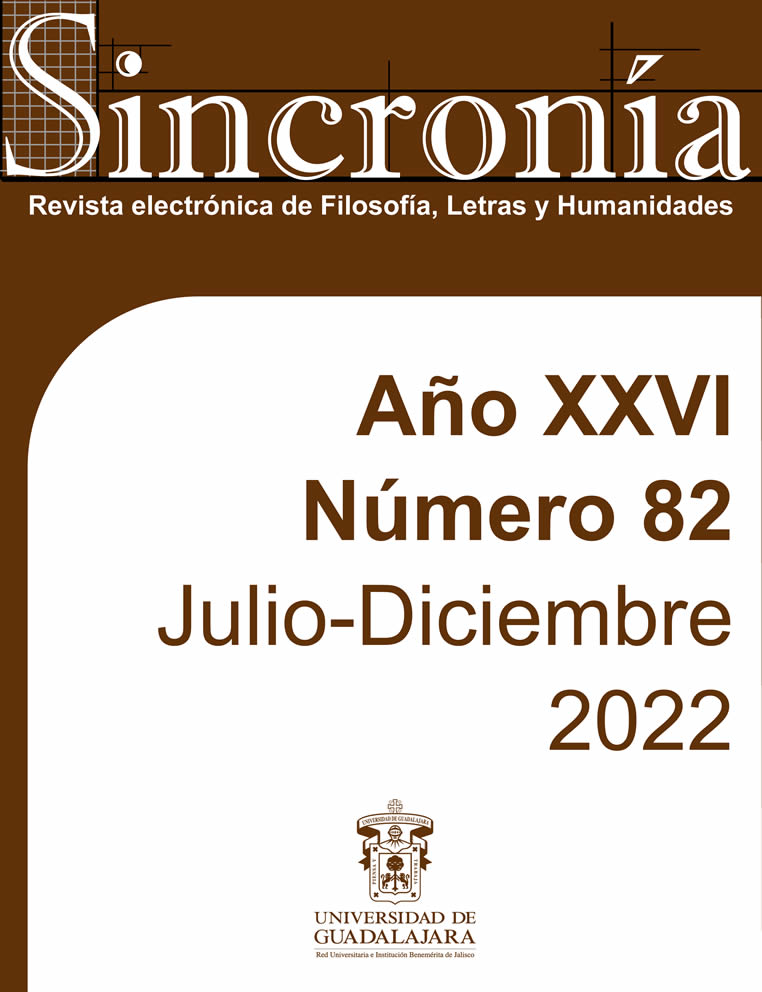Las limitaciones de la novela española en los últimos cuarenta años. Del esplendor mediático a la crisis de la COVID-19.
Palabras clave:
Agotamiento narrativo, Cuarenta años de desgaste, Hibridación de la COVID-19, Final de una épocaResumen
Desde los años 80 del siglo pasado se viene hablando de la crisis de la novela española tras el
esplendor y belleza narrativa del boom hispanoamericano, que tanta gloria literaria le dio al
denominado nuevo continente y de la que disfrutaron los lectores de Europa con autores como
Cortázar, García Márquez, Borges y Octavio Paz, entre otros. En este estudio, que forma parte de una
amplia investigación que se está realizando, se trata de desmitificar la calidad literaria que se le ha
otorgado a la narrativa originada en la Península cuando en realidad se convirtió en un objeto de
venta literaria de escaso valor pero con un marketing resonante, como ha sido el caso de las obras
nacidas en el Premio Planeta o incluso en el Nadal de los últimos años. El objetivo de este artículo es
explicar a dónde se ha llegado y por qué actualmente los más jóvenes presumen de crear una novela
híbrida donde tienen cabida la narrativa, la filosofía, el ensayo en general y hasta la poesía. La
pregunta de investigación que se hace en este artículo es a dónde se ha llegado, ¿al grado cero de la
creación narrativa que impulsa a una hibridación artificial y que rompe las bases de una estructura
clásica que parece haber llegado a su fin? En conclusión, lo que ha pasado con la novela española
pintada de purpurina podría haber sido contagiada por la COVID-19, que la ha agotado de tanta
explotación.
Descargas
Descargas
Publicado
Cómo citar
Número
Sección
Licencia
Derechos de autor 2022 Antonio Rodríguez Jiménez

Esta obra está bajo una licencia internacional Creative Commons Atribución-NoComercial 4.0.
Eres libre de:
- Compartir : copiar y redistribuir el material en cualquier medio o formato para cualquier fin, incluso comercial.
- Adapte : remezcle, transforme y desarrolle el material para cualquier propósito, incluso comercialmente.
- El licenciante no puede revocar estas libertades siempre que cumpla con los términos de la licencia.
En los siguientes términos:
- Atribución : debe otorgar el crédito correspondiente , proporcionar un enlace a la licencia e indicar si se realizaron cambios . Puede hacerlo de cualquier manera razonable, pero no de ninguna manera que sugiera que el licenciante lo respalda a usted o a su uso.
- No comercial : no puede utilizar el material con fines comerciales .
- Sin restricciones adicionales : no puede aplicar términos legales ni medidas tecnológicas que restrinjan legalmente a otros hacer algo que la licencia permite.





























